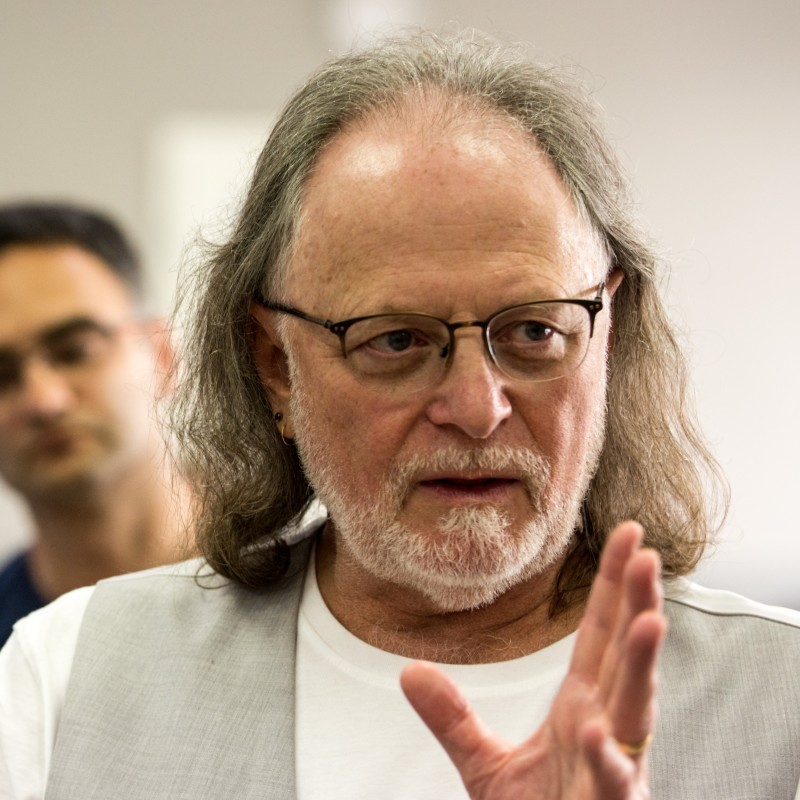
By Budiman Minasny***, adapted by Steve Goldstein
Have you ever felt your heart race in the presence of danger, or experienced a calming sensation when surrounded by loved ones? Our body’s responses to different situations are not solely driven by conscious decisions, but rather by an intricate web of signals within our nervous system. One fascinating theory that delves into this phenomenon is the Polyvagal Theory, which sheds light on how our autonomic nervous system orchestrates our reactions and emotions.
Imagine this theory as a key that unlocks the secrets of our physiological responses. It unravels the enigma of why our body sometimes seems to act in contradictory ways under different circumstances. This theory is often introduced with a paradox: how can the same nervous system both calm us down and trigger life-threatening reactions?
The Basics of the Polyvagal Theory
The Polyvagal Theory, formulated by Dr. Stephen Porges, introduces us to the autonomic nervous system (ANS), a control center within us that regulates functions we don’t consciously control, like heart rate, digestion, and even our emotional responses. This theory suggests that the ANS operates through a set of neural pathways, dictating how we react based on the perceived level of safety or danger in our environment.
The Paradox: Calm and Threat in the Same Nerve
The heart of the paradox lies in the vagus nerve, a crucial part of the ANS that runs from our brainstem to various organs. The vagus nerve is a multidimensional player. It can either slow our heart rate, inducing a calming effect, or prompt our heart to race and activate our defense mechanisms.
Three Organizing Principles
The three organizing principles according to Porges is:
- Hierarchy
- Neuroception
- Co-Regulation
Hierarchy represents the earliest evolution of our autonomic nervous system from dorsal vagal to sympathethic onto ventral vagal.
Beyond its role in our survival instincts, the vagus nerve also plays a significant role in social interactions. The ventral vagal complex, a neural circuit formed by the migration of cardioinhibitory neurons, facilitates behaviors such as swallowing, breathing, and vocalizing. This circuit forms the foundation for our social engagement system, enabling us to connect and interact with others.
The resolution of this paradox lies in recognizing the distinct functions of vagal cardioinhibitory fibers originating in different brainstem areas: the dorsal motor nucleus of the vagus and the nucleus ambiguus. Unlike ancestral vertebrates, mammals have evolved with cardioinhibitory fibers originating from both these areas, making the vagus nerve “poly” vagal.
Neuroception: The Instinctive Sentinel
A pivotal concept in the Polyvagal Theory is neuroception. This is the subconscious ability of our nervous system to detect signals of safety or danger in our environment. It’s like a silent sentinel scanning the surroundings and guiding our physiological responses accordingly.
*** Adapted by Steve Goldstein from an article by Budiman Minasny of Terrarosa which summarised from Porges, S.W., 2023. The vagal paradox: A polyvagal solution. Comprehensive Psychoneuroendocrinology, p.100200.
Also, Budiman Minasny has authored an article on Unwinding: Understanding the Process of Fascial Unwinding, INTERNATIONAL JOURNAL OF THERAPEUTIC MASSAGE AND BODYWORK—VOLUME 2, NUMBER 3, SEPTEMBER 2009
And this recent article: Characterising a common class of spontaneous movement
International Journal of Therapeutic Massage and Bodywork—Volume 15, Number 3, September 2022
Joel Begin, DPT, PT,1* Luiz Fernando Bertolucci, MD,2 Dorothea Blostein, PhD,3
Budiman Minasny, PhD4
A fuller version of this article appears in the Members’ Area. To find out more about membership click here.
Steve will be leading our Members’ Webinar on Thursday 18th July.
Steven Goldstein
Joining The Hub
There are many benefits to joining The Fascia Hub community. We will be continually revising and updating how we can better support our members. Of course, if you have any ideas or thoughts as to what you would like to see, then we would love to hear from you. Our membership proposition is continually evolving and changing to ensure that we bring you the best from the world of fascia. If there is something you would like to learn more about, please do drop us a line and let us know.

